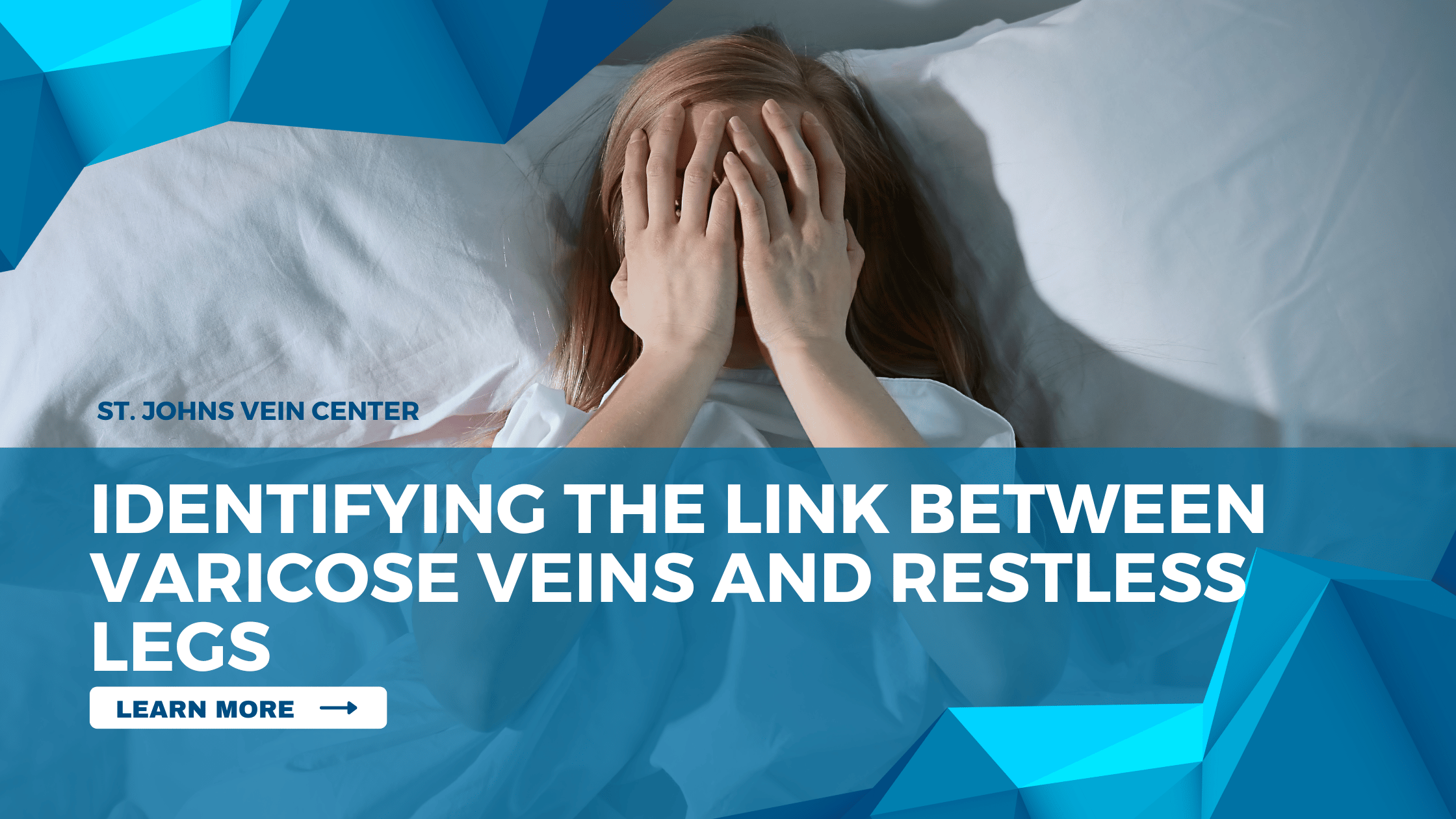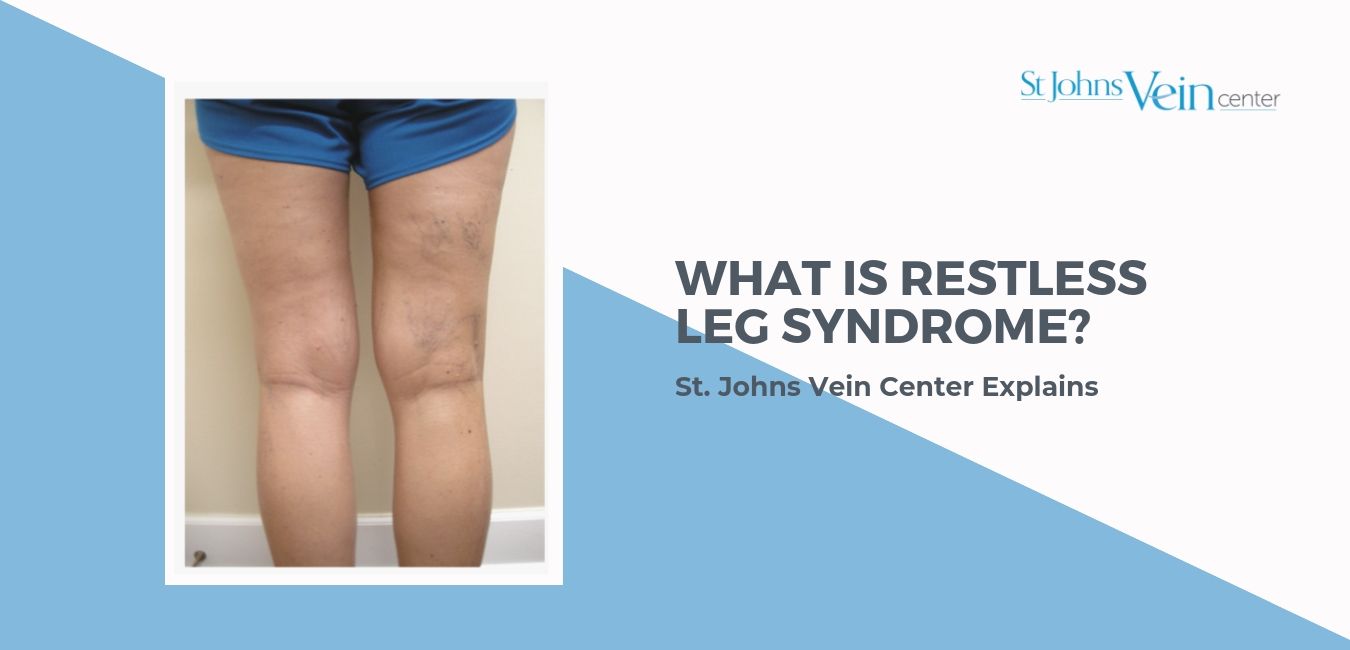What is Restless Leg Syndrome?
Restless Leg Syndrome, commonly known as RLS, remains a bit of a mystery for physicians and vein specialists. In most cases, the cause of this condition, marked by a throbbing, pulling or creeping sensation in the legs and an uncontrollable urge to move them, particularly while you sleep, is unknown. But there are indications that specific gene variants and low levels of iron in the brain may contribute to RLS as well.
RLS is a disorder of the part of the nervous system that affects the legs and causes an urge to move them. It often is caused by venous insufficiency issues like varicose veins, and because it usually interferes with sleep, it also is considered a sleep disorder. But before you self-diagnose RLS as the cause of your health and sleep ailments, know that the condition often is confused or associated with different conditions altogether.
Among the health conditions or factors often associated with or misdiagnosed as RLS are:
- Chronic diseases such as diabetes or kidney failure. When treated, RLS symptoms often lessen or disappear;
- Pregnancy. RLS often occurs in the last trimester of pregnancy, but symptoms generally disappear within four weeks of delivery;
- Attention Deficit Disorder or simply “growing pains.” Because children typically are unable to fully describe symptoms, a pediatric RLS diagnosis may actually be something else.
Alcohol, sleep deprivation and certain medications such as anti-nausea drugs, antipsychotic drugs, serotonin-boosting antidepressants, and cold and allergy medications that contain sedating antihistamines may trigger or aggravate RLS symptoms as well.




